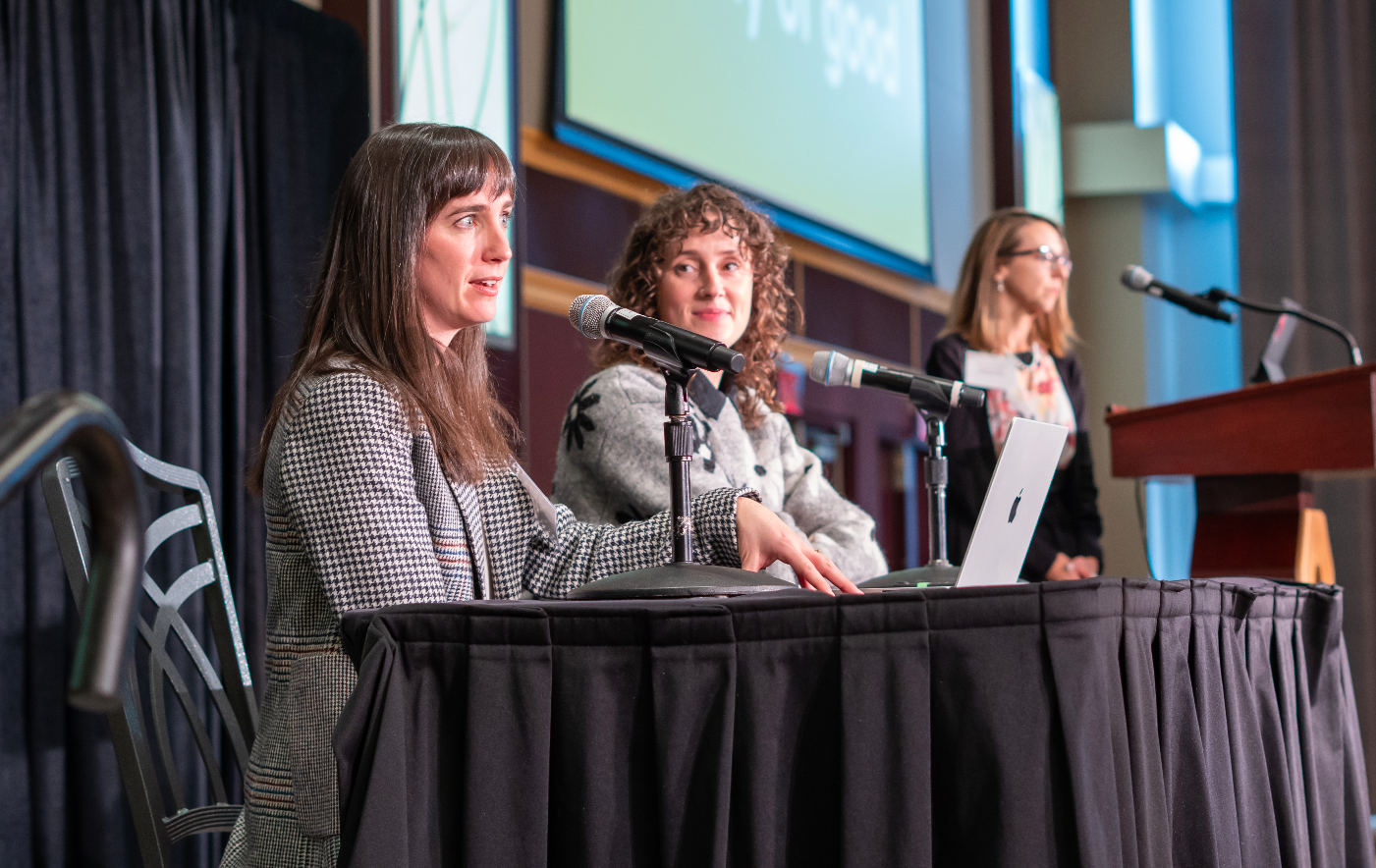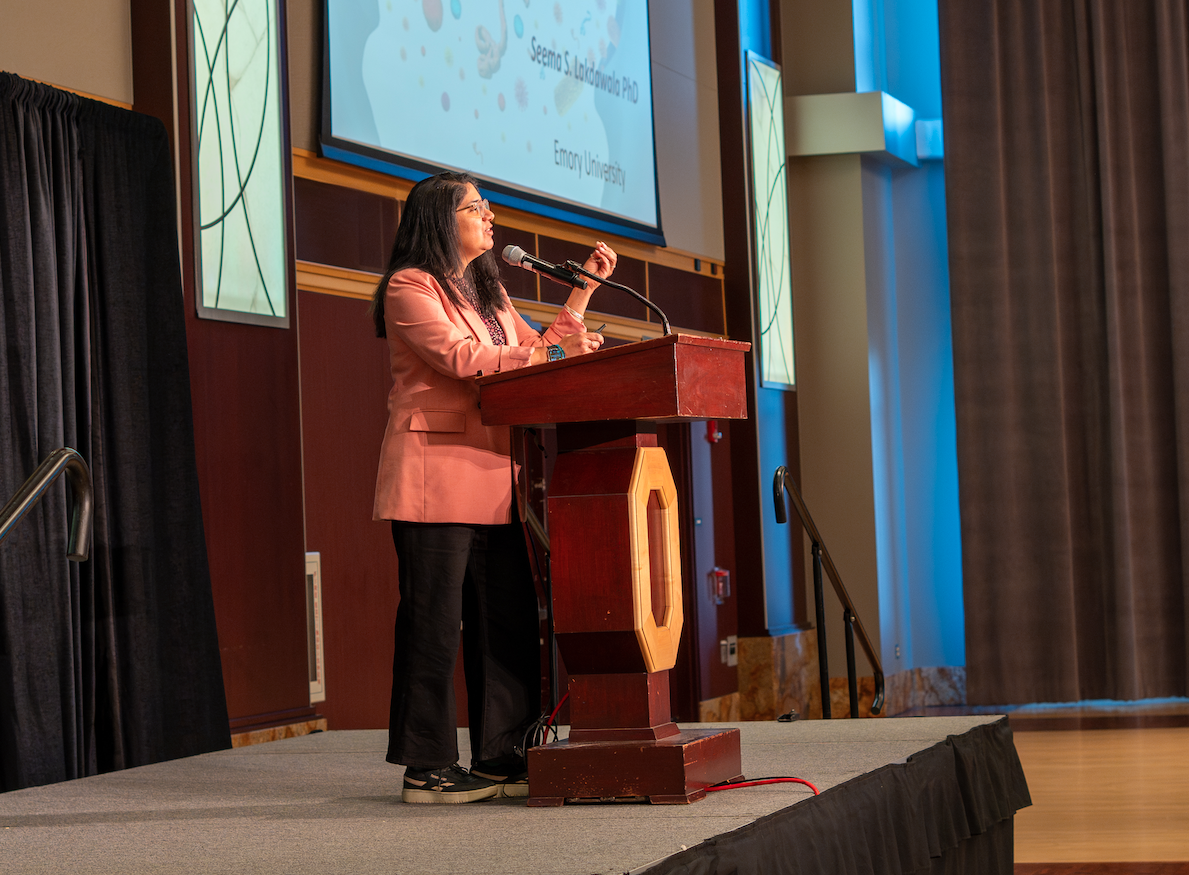The Ohio State University’s Infectious Diseases Institute (IDI) convened researchers, students and national partners for its Seventh Annual Meeting, underscoring the university’s leadership in infectious disease science and its commitment to advancing solutions that protect public health. The event highlighted how Ohio State’s broad academic network spanning agriculture, engineering, medicine, public health and veterinary medicine enables interdisciplinary approaches to complex challenges.
Michael Oglesbee, director of IDI, and Ravi V. Bellamkonda, executive vice president and provost, opened the meeting by outlining the critical challenges posed by infectious diseases and emphasizing the importance of sustained scientific collaboration. Oglesbee noted both persistent and emerging threats across human, animal and environmental health, while Bellamkonda recognized the institute’s expanding role in public health preparedness.
“We cannot afford complacency when it comes to infectious diseases. Vigilance must be continuous, and that demands the kind of coordinated, collaborative science that IDI exemplifies,” Bellamkonda said. “Ohio State’s breadth, our ability to bring together experts across so many fields, is a unique asset for our state and our country.”
The daylong meeting covered emerging pathogens, antimicrobial resistance, pandemic preparedness, transmission dynamics, and the intersections of human, animal, and environmental health. Science communicators Erin Welsh and Erin Allmann Updyke emphasized translating complex research into accessible narratives amid widespread misinformation and public mistrust. With 174 affiliated faculty across 11 colleges, IDI supports research from molecular mechanisms to community-level interventions and underscores the importance of clear, effective science communication.



